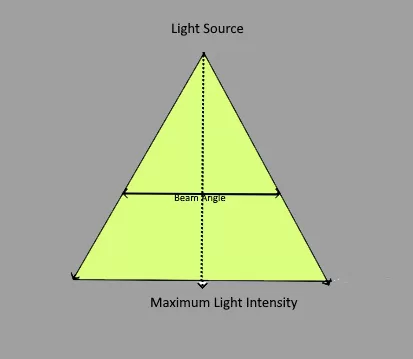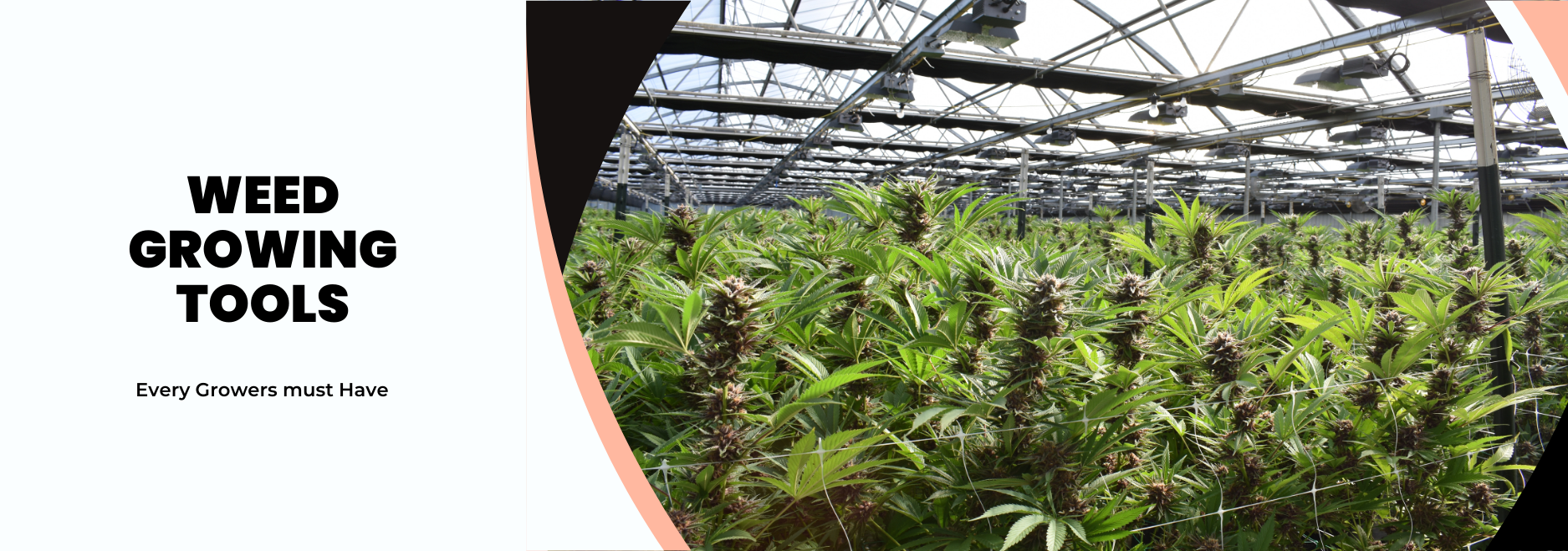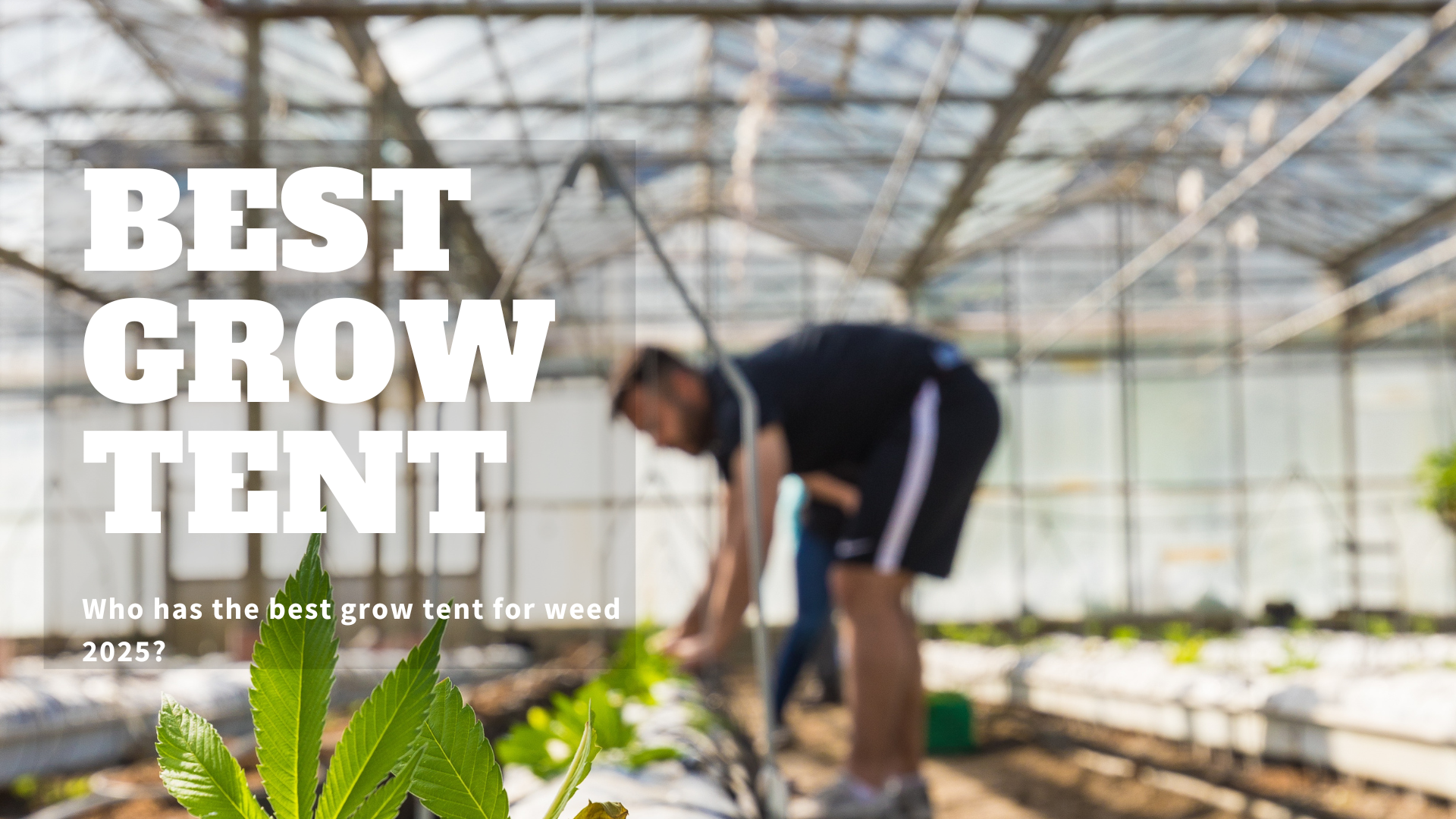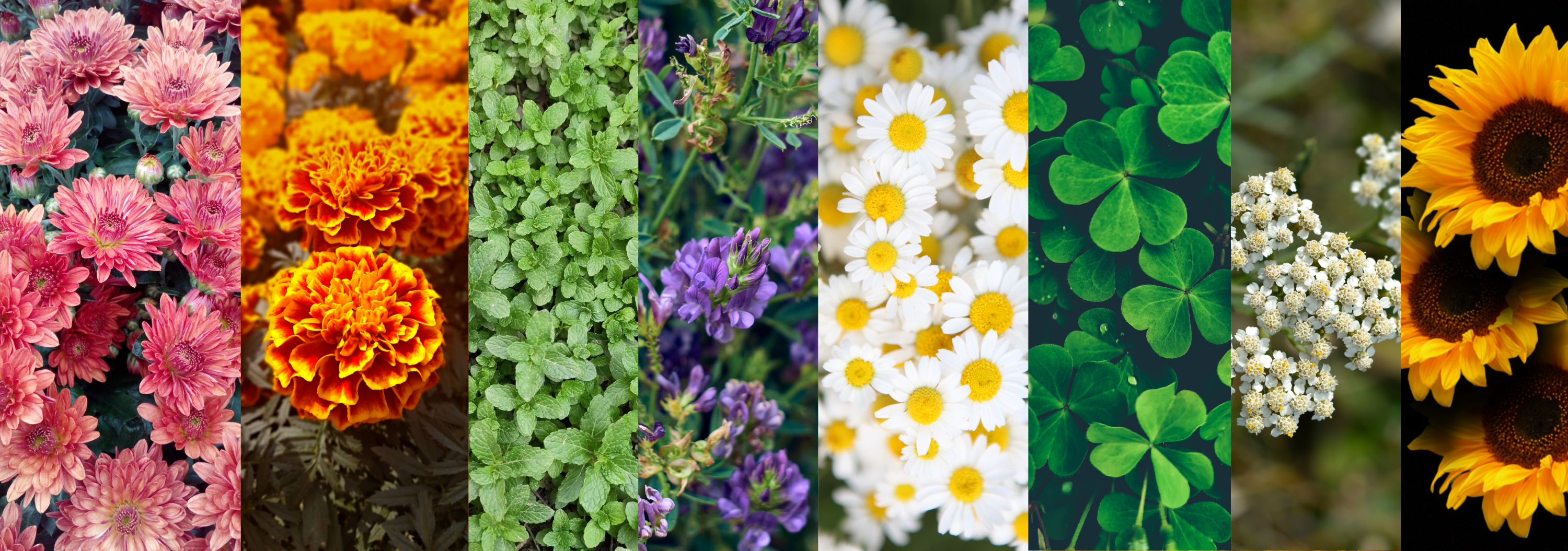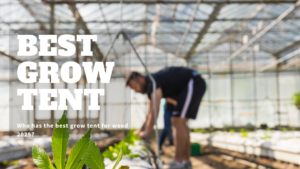Growing cannabis can be a rewarding and profitable, but it requires attention to detail and knowledge of the plant’s specific needs. One crucial aspect of cannabis cultivation is managing the lighting environment in your grow room. In this guide, we will discuss the importance of understanding light angles and cannabis growth, and how to create a cannabis grow room light angle system. Following these steps, you can optimize your grow room for maximum cannabis growth and yield.
Introduction to Cannabis Grow Room Light Angle Systems
A proper cannabis grow room light angle system ensures healthy, productive plants. It involves understanding the relationship between the angle of light exposure and the growth of cannabis plants, adjusting the light angles for different growth stages, and selecting the right to grow lights to control these angles effectively.
Implementing a light-angle system in your grow room can significantly impact the quality and yield of your cannabis plants. A well-designed light angle system will give your plants the optimal light exposure they need during each growth stage, resulting in more substantial and healthier yields.
In this article, we will cover the key aspects of a cannabis grow room light angle system, including understanding light angles and cannabis growth, adjusting light angles for different growth stages, implementing light angle techniques in your grow room, and monitoring and adjusting your light angle system to ensure optimal growth.
Understanding Light Angles and Cannabis Growth
Light is a crucial factor in any plant’s growth, including cannabis. The angle at which light reaches your plants can significantly impact their growth and development. Light angles can affect the rate of photosynthesis, the stretching or compactness of the plant, and even the distribution of light across the plant canopy.
Light entering the grow room at a 90-degree angle from above is considered the most effective angle for cannabis growth. This angle allows for an even distribution of light across the plant canopy, ensuring that all leaves receive the necessary light for photosynthesis. However, as the plants grow taller, the lower leaves may receive less light, negatively impacting growth.
To ensure that all parts of the plant receive adequate light exposure, it’s essential to understand how different light angles can affect cannabis growth. You can optimize the growth and yield by adjusting the light angles according to the plants’ growth stages.
Adjusting Light Angles for Different Growth Stages
Cannabis plants have different light requirements during their various growth stages. By adjusting the light angles to meet these requirements, you can optimize their growth and yield.
During the seedling and vegetative stages, the plants require more blue light to promote healthy growth and prevent stretching. Ideally, the light angle should be at a 90-degree angle from above to provide even light distribution. However, you can also experiment with slightly lower angles to encourage the plants to grow in a more compact manner.
During the flowering stage, cannabis plants need more red light to encourage bud development. At this stage, adjusting the light angle to provide more side lighting can help increase light exposure to the lower parts of the plant, promoting overall bud development.
Implementing Light Angle Techniques in Your Grow Room
To implement light angle techniques in your grow room, you must choose the right grow lights and set up your room for optimal light distribution.
First, select grow lights that allow for easy manipulation of light angles. Some grow lights come with adjustable fixtures, making it easier to change the angle of the light as needed. Alternatively, you can use light rails or mounting brackets to adjust the light angle manually.
Next, set up your grow room for easy adjustments to the light angle. This may involve installing adjustable shelves or hanging your grow lights from adjustable chains or pulleys. Remember to keep the grow lights at the recommended distance from your plants to prevent light stress or burning.
Choosing the Right Grow Lights for Light Angle Control
There are numerous grow light options on the market, but not all of them allow for easy light angle control. When selecting grow lights for your cannabis grow room light angle system, consider the following factors:
- Adjustability: Choose grow lights with adjustable fixtures or mounting brackets that allow you to change the light angle easily.
- Spectrum control: Look for grow lights with adjustable spectrum control, which allows you to provide the right light spectrum for each growth stage.
- Intensity control: Opt for grow lights with dimmable features, allowing you to adjust the light intensity according to your plants’ needs.
- Energy efficiency: Consider energy-efficient grow lights, such as LEDs or ceramic metal halide (CMH) lights, to reduce your energy costs and environmental impact.
Setting Up Your Cannabis Grow Room for Optimal Light Angles
A well-designed cannabis grow room can significantly impact your plants’ growth and yield. To set up your grow room for optimal light angles, consider the following steps:
- Measure your grow space: Determine the dimensions of your grow room, including height, width, and depth. This information will help you select the appropriate grow lights and plan your light angle system.
- Arrange your plants strategically: Group your plants according to their growth stages, as different stages require different light angles. This arrangement will make it easier to adjust the light angles as needed.
- Install adjustable fixtures and mounting systems: Use adjustable fixtures, light rails, or mounting brackets to allow for easy adjustments to the light angle.
- Plan for ventilation and airflow: Ensure that your grow room has adequate ventilation and airflow to maintain a consistent temperature and humidity level, as these factors can also impact the effectiveness of your light angle system.
Monitoring and Adjusting Your Light Angle System
To optimize your cannabis grow room light angle system, it’s essential to monitor your plants’ growth and make adjustments as needed. Monitor your plant’s overall health and growth patterns, and adjust the light angles accordingly.
For example, if your plants are stretching or growing taller than desired, try adjusting the light angle to provide more side lighting. Conversely, if your plants are growing too compact or bushy, consider increasing the angle of the light to encourage more vertical growth.
Regularly inspect your plants for signs of light stress or burn, and adjust the light distance or intensity as needed to prevent damage.
Recognizing Signs of Light Angle Imbalance and Addressing Issues
It’s crucial to recognize the signs of light angle imbalance in your cannabis grow room and address any issues promptly. Some signs of light angle imbalance include:
- Stretching: If your plants are growing taller than desired, they may be receiving too much light from above, causing them to stretch toward the light source. Adjust the light angle to provide more side lighting, encouraging more compact growth.
- Uneven growth: If some parts of your plants grow faster than others, it may indicate uneven light distribution. Adjust the light angles to ensure that all areas of the plant receive adequate light exposure.
- Light stress or burn: If your plants show signs of light stress or burn, such as yellowing or curling leaves, it may indicate that the light intensity is too high or the light source is too close to the plants. Adjust the light intensity or distance as needed to prevent further damage.
Benefits of a Properly Designed Light Angle System for Cannabis Growth
Well-designed cannabis grow room light angle system offers numerous benefits for cannabis growth, including:
- Optimal growth and yield: By providing your plants with the appropriate light angles during each growth stage, you can optimize their growth and maximize your yield.
- Even light distribution: A proper light angle system ensures even light distribution across the plant canopy, promoting healthy growth and preventing uneven or weak development.
- Energy efficiency: Implementing a light angle system can help you make the most of your grow lights’ energy output, reducing your energy costs and environmental impact.
- Reduced risk of pests and diseases: A well-lit grow room with optimal light angles can help deter pests and reduce the risk of fungal diseases, resulting in healthier plants and higher yields.
Conclusion
In conclusion, understanding light angles and their impact on cannabis growth is crucial for creating a successful cannabis grow room light angle system. By adjusting the light angles according to your plants’ growth stages, implementing light angle techniques in your grow room, and monitoring and adjusting your light angle system, you can optimize your cannabis grow room for maximum growth and yield.
As you continue to optimize your cannabis grow room, consider researching additional techniques and strategies for improving your plants’ health and productivity. And remember, patience and attention to detail are key in achieving the best results in cannabis cultivation. Good luck, and happy growing!

